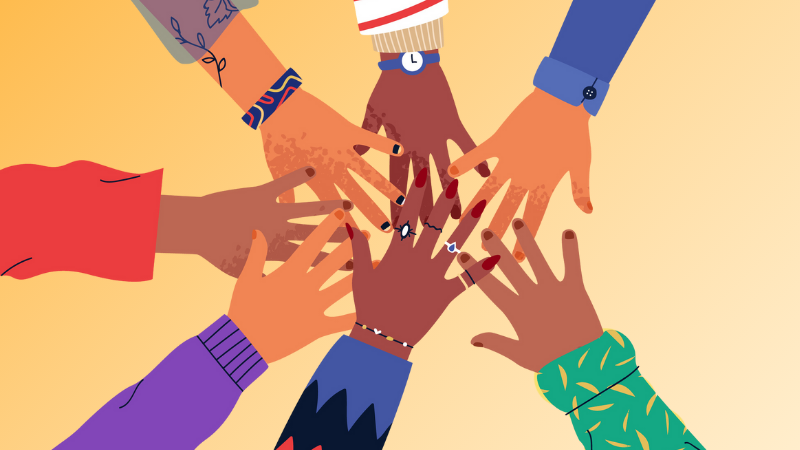Modern Sexism and Presidential Elections

Last month, the first presidential primary debates of the 2020 election season were held, featuring twenty Democratic candidates across two nights. As a citizen, I will be watching closely to find out what will happen as the next four years (and beyond) of our country will be determined by what happens with this election. And as a diversity and inclusion scholar, I am fascinated by the potential effects prominent female candidates will have on this presidential election.
Obviously, the results of an election cannot be minimized and distilled down to one cause. But in this post, I want to explore the role of sexism in elections. As a society, we have made great strides in the direction of gender equality, and some may want to dismiss sexism as a relic of the past. However, psychologists suggest that contemporary forms of sexism still exist and are just as prevalent as before — but manifest in different ways[1].
What does modern sexism look like, according to psychologists? One prominent framework suggests that modern sexists tend to (a) deny the existence of discrimination against women, (b) resent complaints about discrimination and (c) resent special ‘favors’ for women.” [2]
Other contemporary forms of sexism include justifying one’s thoughts and behaviors that may seem less directly sexist but have the same end result. (For example: “It’s not that I don’t want a woman in the position, but I really need someone who can fully commit and doesn’t have family obligations, and in my experience, most women just don’t fit this.”)
As can be seen, contemporary forms of sexism are not the direct, overt, “I don’t like women and don’t think they are qualified for the same jobs as men” style of sexism that was more common decades ago. Of course, traditional sexism still exists and affects many women. But for many, modern sexism is more so what they face.
What role does modern sexism play in elections? Although there are lots of examples of women running for political positions at the state and local levels, this lesson is common on the federal level.
A recent study, though, examined this in the context of the 2016 presidential election cycle[3]. The article was titled ‘I Just Don’t Think She Has a Presidential Look’: Sexism and Vote Choice in the 2016 Election (a reference to Donald Trump saying this about Hillary Clinton during a 2016 pre-election interview). In this study, the authors examined data from the 2016 American National Election Survey (ANES), a large-scale national survey of US voters.
They found that in this election, besides party identification and racial resentment, modern sexism had the strongest influence on how people voted — more so than other issues such as anti-immigration sentiment, economic populism and even ideology. When the results were split to look at male and female respondents separately, they found that men were much more driven by feelings of modern sexism, but women were more driven by feelings of traditional sexism. Sexism’s effect was especially strong among non-college-educated white people. Although many have been quick to point out Hillary Clinton’s many flaws and mistakes, this data shows that sexism was a factor in people’s decisions that cannot be ignored.
It will be interesting (and important) to watch for signs of modern sexism in the 2020 election season. But also, it’s important to watch for signs of modern sexism in our own lives and workplaces. Just because someone isn’t overtly sexist doesn’t mean that he or she can’t still be discriminatory in their words and behaviors.
It’s on all of us to watch for this and be part of the change.
[1] Lewis, J. A. (2018). From modern sexism to gender microaggressions: Understanding contemporary forms of sexism and their influence on women. In C. B. Travis & J. W. White (Eds.) APA Handbook of the Psychology of Women, 381 – 397.
[2] Swim, J. K., Aikin, K. J., Hall, W. S., & Hunter, B. A. (1995). Sexism and racism: Old-fashioned and modern prejudices. Journal of Personality and Social Psychology 68, 199 – 214.
[3] Knuckey, J. (2019). “I just don’t think she has a presidential look”: Sexism and vote choice in the 2016 election. Social Science Quarterly, 100, 342 – 358.


